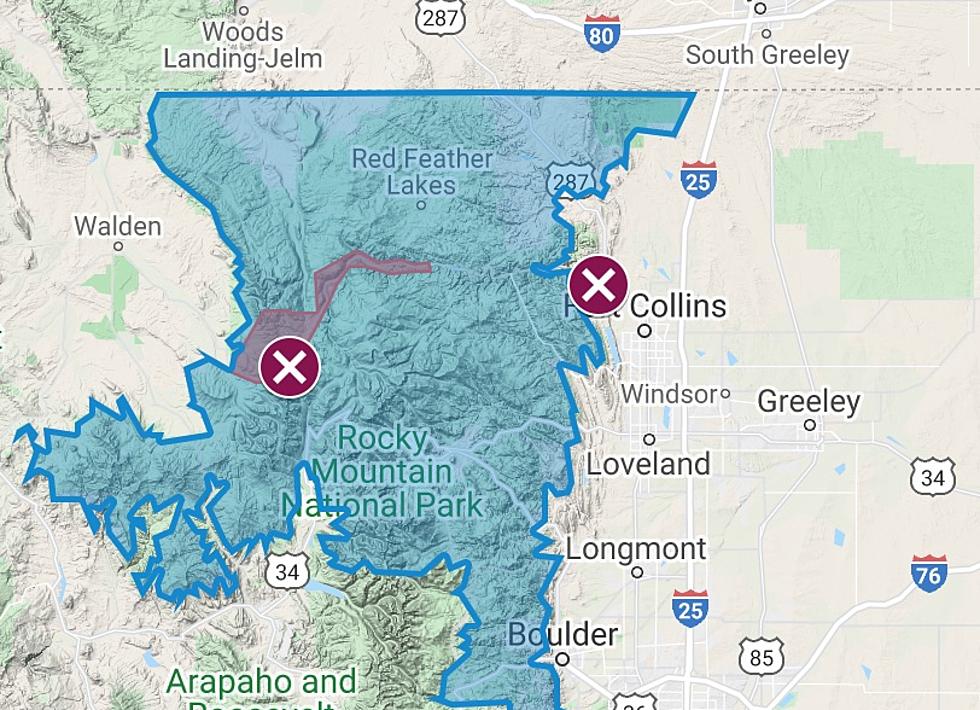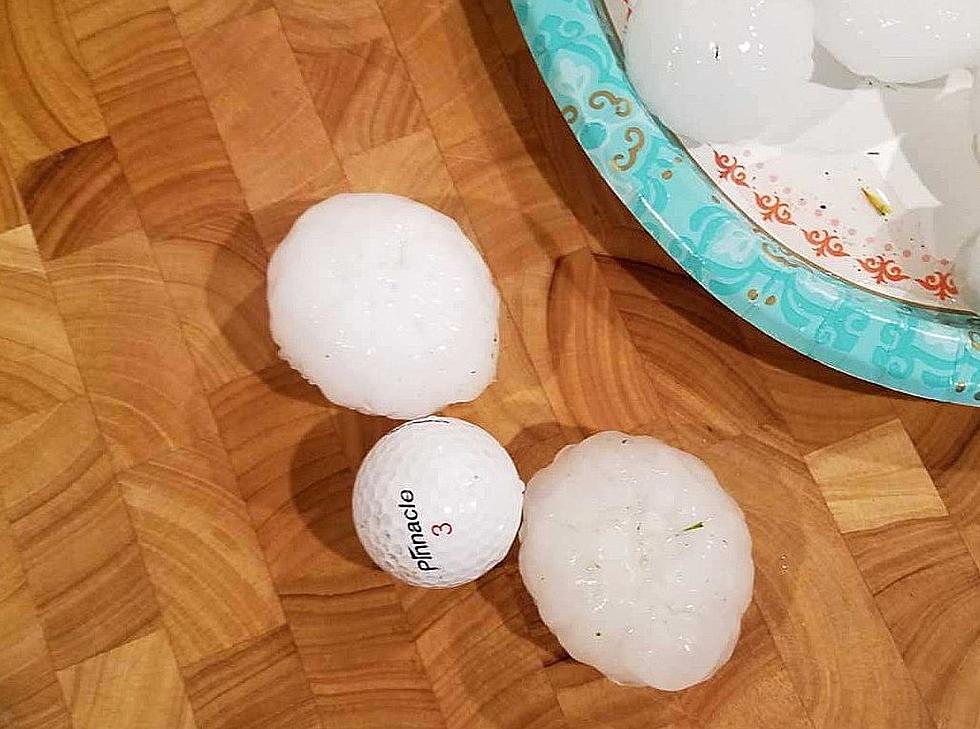
Mold Left From The Colorado Floods Could Make You Sick
With all the flooding we have had in Northern Colorado, molds and bacteria can be a major health concern. Can you get sick from it? The simple answer is yes. The Weld County Department of Public Health and Environment says concerns relating to mold growth and exposure should be addressed quickly in order to prevent illness.
According to the Health Department:
When airborne mold spores are present in large numbers they can trigger allergic reactions, asthma episodes, infections and other respiratory problems. Infants, children, immune-compromised patients, pregnant women, elderly persons and individuals with existing respiratory conditions appear to be at higher risks for adverse health effects from mold. In addition, exposure can cause development of an allergy to mold, resulting in long-term health problems.
Dampness in basements, walls, carpets, and wood caused by storms and flooding provide an ideal environment for mold to flourish. If you can see or smell mold, take steps to eliminate the excess moisture, and to clean up and remove the mold as soon as possible.
Important Tips to Reduce Health Risks Associated With Mold:
- Recognize mold by Sight (Are the walls and ceiling discolored, or do they show signs of mold growth or water damage?) and Smell (Do you smell a bad odor, such as a musty, earthy smell or a foul stench?)
- Controlling moisture in your home is the most critical factor for preventing mold growth. If there is mold growth in your home, you should clean up the mold and fix any water problems, such as leaks in roofs, walls, or plumbing.
- When in doubt, take it out! Remove all porous items that have been wet for more than 48 hours and that cannot be thoroughly cleaned and dried. These items can remain a source of mold growth and should be removed from the home. Porous, noncleanable items include carpeting and carpet padding, upholstery, wallpaper, drywall, floor and ceiling tiles, insulation material, some clothing, leather paper, wood, and food. Removal and cleaning are important because even dead mold may cause allergic reactions in some people.
HOW TO GET RID OF MOLD
- Wash all items that came in contact with floodwaters with a household chlorine bleach solution, mixing no more than one-cup of bleach per one gallon of water. Leave the bleach solution on the items for at least 15 minutes before rinsing off with clean water. When using bleach solution, open nearby windows and wear rubber gloves.
- To remove mold from hard surfaces use commercial products, soap and water, or a bleach solution of no more than one cup of bleach in one gallon of water. Use a stiff brush on rough surface materials such as concrete.
- Precaution about bleach – never mix bleach with ammonia or other household cleaners. Mixing bleach with ammonia or other cleaning products will produce dangerous, toxic fumes.
If you have any further questions, call the Weld County Department of Public Health and Environment at 970-304-6415.
More From K99









